Nabi (2 Disc Box Set): Limited Special Edition (aka: Butterfly, The)
Formato de imagen: Widescreen 2.35:1 (Anamorphic)
Formato de sonido: Dolby Digital 5.1 Surround, Dolby Digital Stereo, DTS
Subtítulos: English, Korean 1, Korean 2 (Captioned)
Zona: 0
País: Korea
Tipo de estuche: Caja de cartón duro del estilo de las Premium Box japonesas con dos amarays en el interior,.
Contenidos adicionales: Fotograma enmarcado y libreto con el guión.
Dónde comprarla: Agotada. Ebay.
Le edición especial, que aún se puese encontrar, es igual en lo que se refiere al contenido de los discos.
Features:
It contains Original print (8 cut), Scenario Book (Korean)
Disc 1: Feature (119 min), Audio commentary by director & actress
Disc 2: (190 min)
bonus materials:
About Film
Cast & Staff
Theatrical Trailer
Music Video
Still Gallery
The Making of NABI
Commentary Making
Interview In Japan
Shortfilm & Documentary
Moon Seng-Wook's second feature Nabi - the Butterfly is a very different kind of movie: a low budget art-house feature shot on digital video (transferred to 35mm) that offers something like a visionary poetic dream set some time in the not-too-distant future. Korea is plagued by floods, lethal acid rain, and a virus that causes people to lose their painful memories. The latter attracts tourists including Anna (Kim Ho-Jung), who travels on a virus-seeking junket to Seoul where she meets her "virus guide" Yuki (Kang Hea-Jung) and driver "K" (Jang Hyun-Sung). Kim Ho-Jung has the kind of face that seems unexceptional at first, then grows gradually more radiant as she fills in layer upon layer of her character. Her masterful performance as Anna - alternately lost, then resolutely determined to find meaning in her life on the verge of disappearing into oblivion - is one of Nabi's highlights.
Moon embraces digital filming as a set of liberating possibilities, and his long takes and constantly moving camera flow with the cyclic rhythms established by his actors' performances. Art design, cinematography, acting style are all of a piece, taking their cue from water that permeates the entire film: deluges of rain, showers, a swimming pool, and finally the sea itself shape and colour Nabi's world. The film's continuous play of aqua-tinted images - subtly shaded, eerily translucent, and suffocatingly dreamlike - create an underwater world in which the characters seem suspended, floating in voids of their own, unmoored by their own particular estrangements with their pasts. Layers of extra material sometimes crowd into the picture as if Moon occasionally loses confidence in simplicity. One scene, though, remains unforgettable. As Anna and K help Yuki struggle to give birth half immersed in the sea, pounded by the surf, their ferocious intensity combines with Moon's agitated digital cameras to create a tour de force.
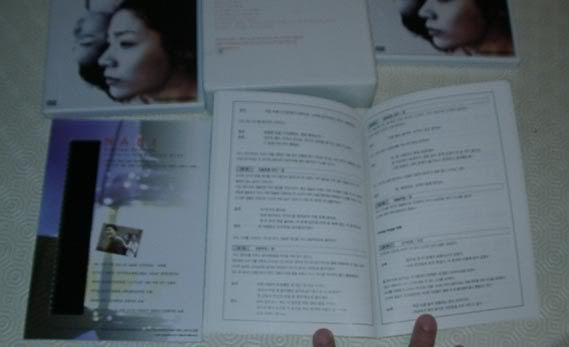
 ¡Bienvenido a mundodvd! Regístrate ahora y accede a todos los contenidos de la web. El registro es totalmente gratuito y obtendrás muchas ventajas.
¡Bienvenido a mundodvd! Regístrate ahora y accede a todos los contenidos de la web. El registro es totalmente gratuito y obtendrás muchas ventajas.


 LinkBack URL
LinkBack URL About LinkBacks
About LinkBacks

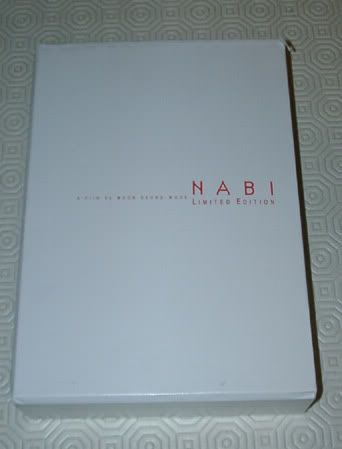
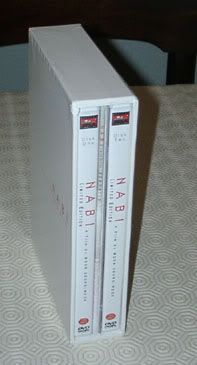
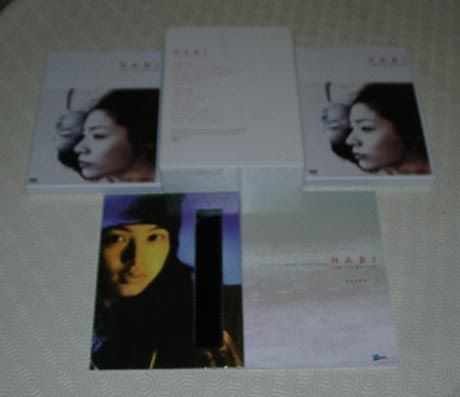
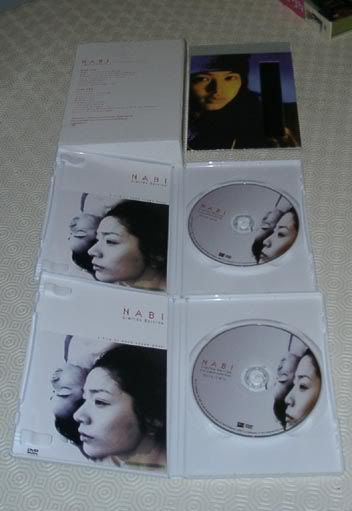


 Citar
Citar